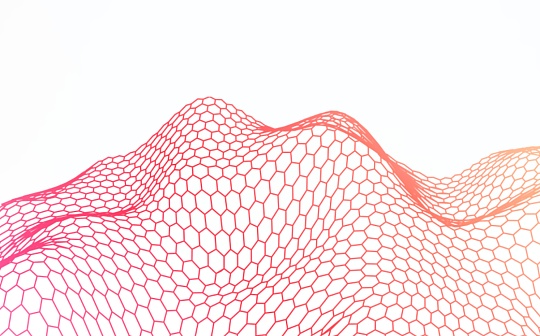Jinse Finance reported that on May 20, Optimism released the architecture of Bedrock.
According to the article, this architecture is the cheapest, fastest and most advanced aggregation architecture, and the author organizes its main contents as follows.
In November 2021, Optimism launched the first EVM-compatible chain as a massive upgrade to the Optimism Network. EVM compatibility means that the Optimism network supports:
Advanced calldata compression makes Optimism always the cheapest L2;
Every Ethereum is precompiled, so you can experiment with everything you want on L2;
Full Ethereum gas and opcode compatibility for the most complex opcodes;
Accurate timestamps make it possible to build real-time applications;
Full tool compatibility, support for advanced features such as transaction tracking;
Execution is extremely fast because there is no separation between the development code and the EVM.
Currently, more and more projects revolve around EVM compatibility, and its characteristics enable a vibrant application ecosystem to flourish. Optimism has been trying to redesign its technological core with a focus on long-term sustainability. Bedrock was therefore built using the following core design principles:
Minimal divergence from Ethereum so that Optimism can share and collaborate on the same core code;
Reuse design patterns so that smart models built for Ethereum can be applied to Optimism;
Simplify every piece of code, making Optimism the most accessible, forkable, and auditable aggregated codebase;
Modularize every part of the stack so that we can easily plug in alternative data availability and execution layers, preparing for a modular future;
Pragmatically optimize at minimal cost without introducing unnecessary complexity and other overhead.
Additionally, Bedrock is about to remove a bunch of features:
Theoretically optimal call data submission, beyond compression, to provide users with the cheapest transaction possible for any aggregate (ever);
Consensus/execution client separation following in the footsteps of Ethereum, allowing Optimism to seamlessly integrate cost-minimized EIP-4844;
A micro client difference that opens the door to alternative client implementations and provides an additional level of security for Optimism users;
A fast peer-to-peer network, including support for Snap Sync, which makes running Optimism nodes easier than ever and lays the foundation for decentralized ordering;
Highly optimized deposits and withdrawals, so you can easily move assets in and out of Optimism;
Smarter synchronization, ordering, and state commits to ensure Optimism survives all Ethereum network conditions.
After Bedrock, EVM compatibility no longer applies. By using all of Ethereum's code, infrastructure, and design patterns, Optimism aims for a larger goal: Ethereum parity.
Bedrock is also the basis for Optimism's next generation failure proof system: Cannon.
Cannon, a collaboration between Optimism and geohot, is an interactive failure proof system designed to keep Optimism simple and secure. An alpha version of Cannon is planned to be released alongside Bedrock.
Bedrock isn't just an upgrade, it's a whole new paradigm for how rollups are structured. Bedrock was designed from the ground up to provide the foundation for true security and decentralization. Bedrock (combined with Cannon) is the only rollup architecture that can easily support multiple proof-of-failures and client implementations, which is a core component for removing upgrade keys from rollup proof-of-failures. With Bedrock, Optimism is striving to be the first EVM-based rollup to achieve Ethereum-level security guarantees.
 JinseFinance
JinseFinance



